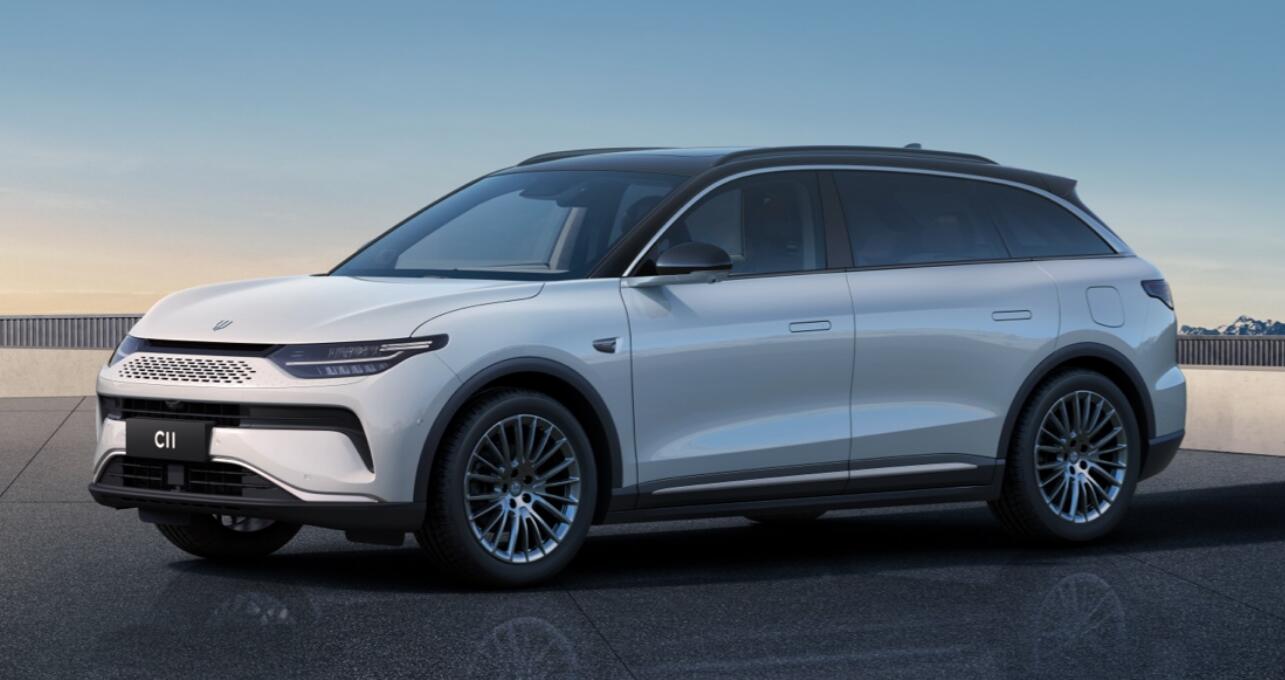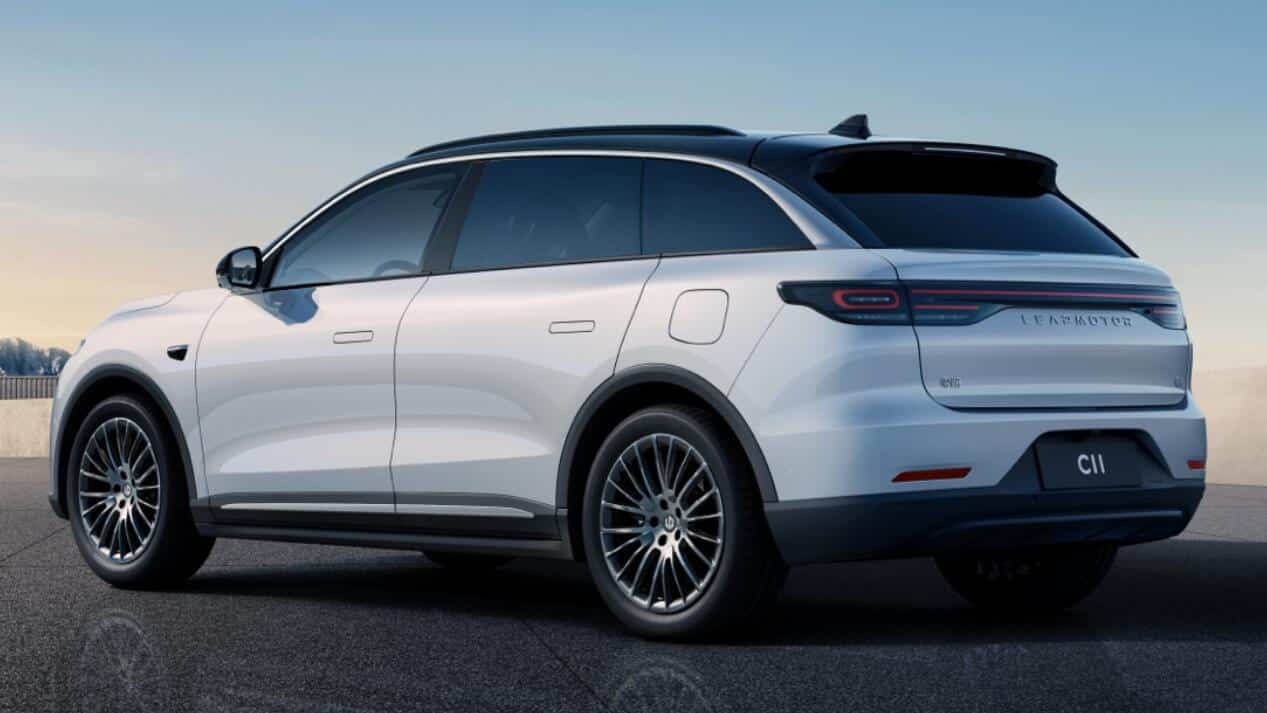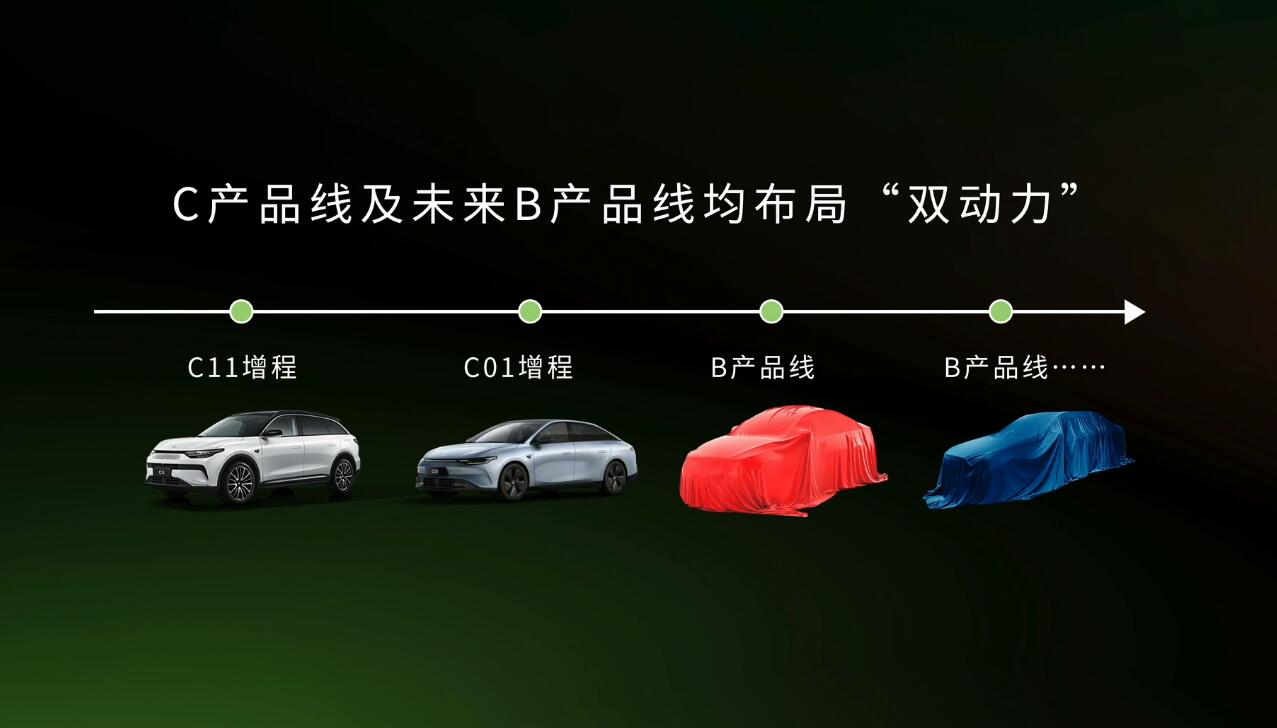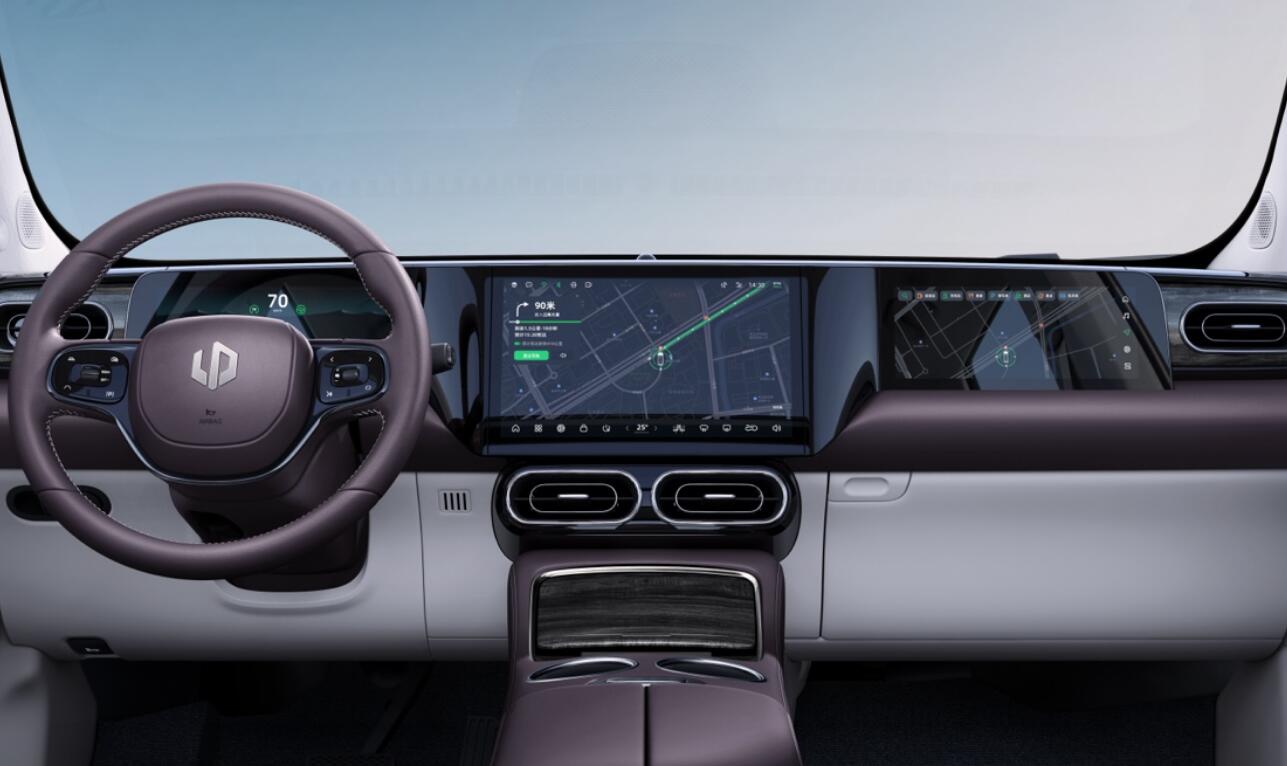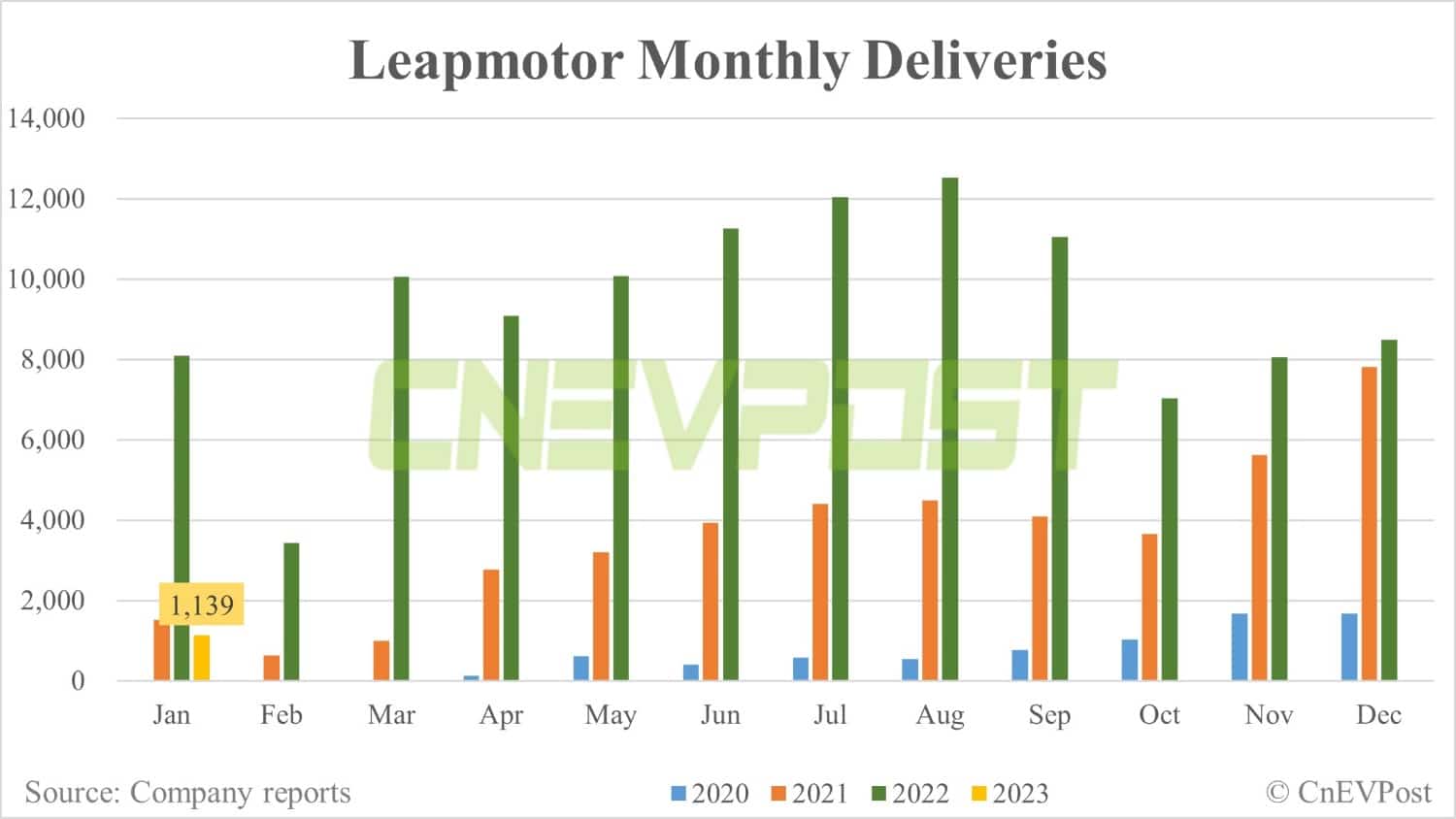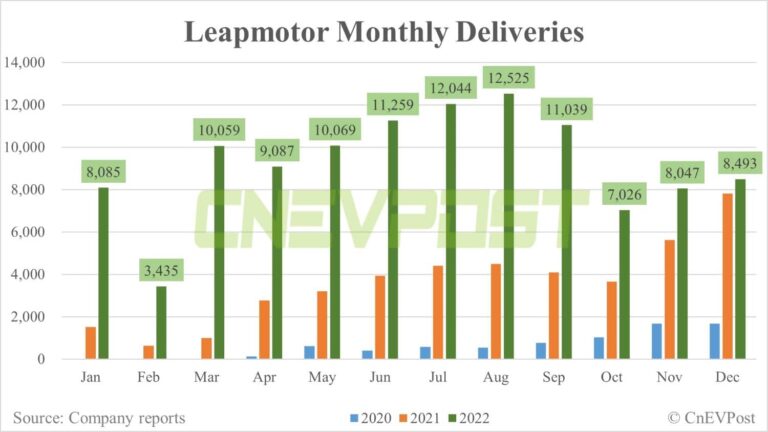Leapmotor announced that it is entering the dual-power era, with all new models to be offered in both BEV and EREV versions going forward.
(Leapmotor starts pre-sale of C11 EREV on Thursday. Image: Leapmotor website)
Li Auto's (NASDAQ: LI) extended-range electric vehicle (EREV) models have been such a success in China that it has attracted several other players to join, with Leapmotor being the latest.
Hong Kong-listed Zhejiang Leapmotor Technology (HKG: 9863) officially unveiled its first EREV -- an EREV variant of its flagship SUV, the C11 -- at a launch event today, and began pre-sales of the model.
The EREV is a large five-seat SUV that Leapmotor said today it hopes will be the end of the traditional internal combustion engine (ICE) vehicles, with a pre-sale price of RMB 159,800 ($23,570) - 200,000.
The all-electric version of the Leapmotor C11 (C11 BEV) went on sale on September 29, 2021, with three versions starting at RMB 179,800, 209,800 and 229,800.
The C11 EREV measures 4,780 mm in length, 1,905 mm in width and 1,675 mm in height, and has a wheelbase of 2,930 mm.
For comparison, the C11 BEV measures 4,750 mm in length, 1,905 mm in width and 1,650 mm in height, and has a wheelbase of 2,930 mm.
The C11 EREV is available with battery packs of 30.1 kWh and 43.74 kWh, with CLTC ranges of 180 km and 285 km under battery power, respectively.
The model consumes 6.8 L of fuel per 100 km and 19.7 kWh of electricity per 100 km, providing a CLTC range of up to 1024 km on full fuel and full power.
Leapmotor will allow consumers to test drive the C11 EREV in select cities starting this month, with the model officially going on sale in early March and deliveries starting in mid-March.
With the announcement of the C11 EREV, Leapmotor officially introduced its dual-power strategy at today's launch event.
Leapmotor will release the EREV variant of its flagship sedan C01 in July-August this year, said Zhu Jiangming, the company's founder, chairman and CEO. The C01 BEV went on sale on September 28, 2022, the day before Leapmotor's Hong Kong IPO.
Starting with the B-series models, all future new Leapmotor models will be available in both BEV and EREV versions, said Zhu.
The first model in Leapmotor's B-series, which is expected to debut at the Munich auto show in September, will be a global product, he said.
"From now on, Leapmotor officially begins the era of dual-power drive," Zhu announced.
EREVs are essentially plug-in hybrids (PHEVs), but instead of driving the vehicle directly, their internal combustion engines act as generators to charge the batteries.
Such vehicles are not a new invention, but it wasn't until Li Auto introduced the Li ONE EREV and found success that they began to gain a higher profile.
Li Auto has now phased out the Li ONE and launched a new model, the Li L7, yesterday, after the company launched the Li L9 and Li L8 last year, all EREVs.
Leapmotor did not mention the supplier of the C11 EREV's range extender at today's launch, although previous regulatory filings indicate that the engine is the same as the one previously used in the Li ONE.
The range extender, supplied by Harbin Dongan Auto Engine Co Ltd, has a displacement of 1,199 ml and 96 kW of power, according to a model catalog released by the Chinese Ministry of Industry and Information Technology on November 16, 2022.
EREVs have a larger total addressable market than BEVs, which is a big reason why Li Auto has performed better than its BEV-only peers in the past few months.
Li Auto delivered 15,141 vehicles in January, down 28.69 percent from 21,233 in December and up 23.42 percent from 12,268 in the same month last year.
For comparison, China's new energy passenger car retail sales in January were down 6.3 percent to 332,000 units, down 48.3 percent from 640,000 units in December, according to data released yesterday by the China Passenger Car Association (CPCA).
While new energy vehicle (NEV) sales in China are growing rapidly, with penetration reaching about 30 percent, the vast majority of new vehicle sales are still ICE vehicles.
EREVs or PHEVs are an intermediate form of transition from ICEs to BEVs, but at this stage are the best option for people with range anxiety and inconvenient charging.
Launching an EREV model to target a larger market also appears to be a move of necessity for Leapmotor, as its monthly deliveries fell to 7,000-8,000 units in the fourth quarter of last year and dropped to just 1,139 units in January.

